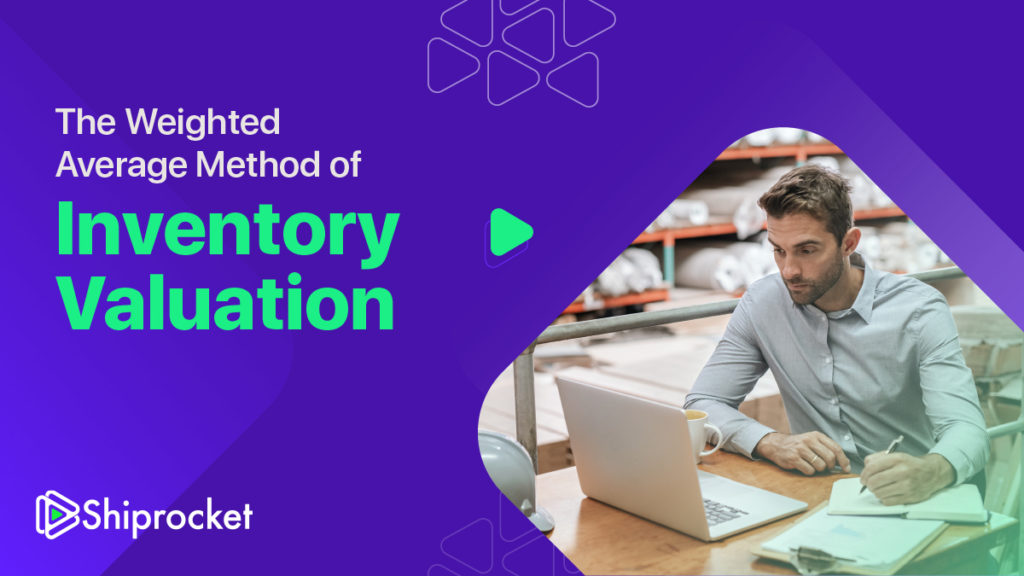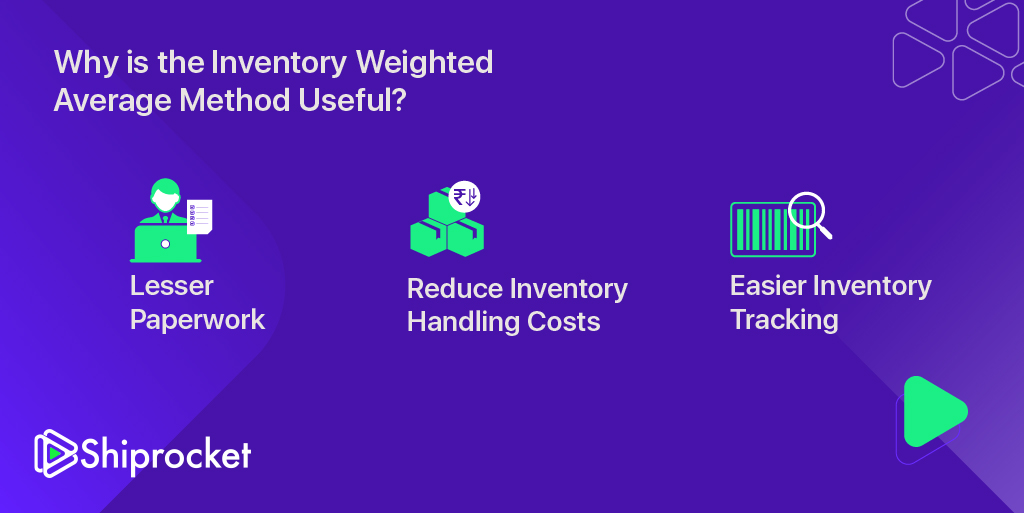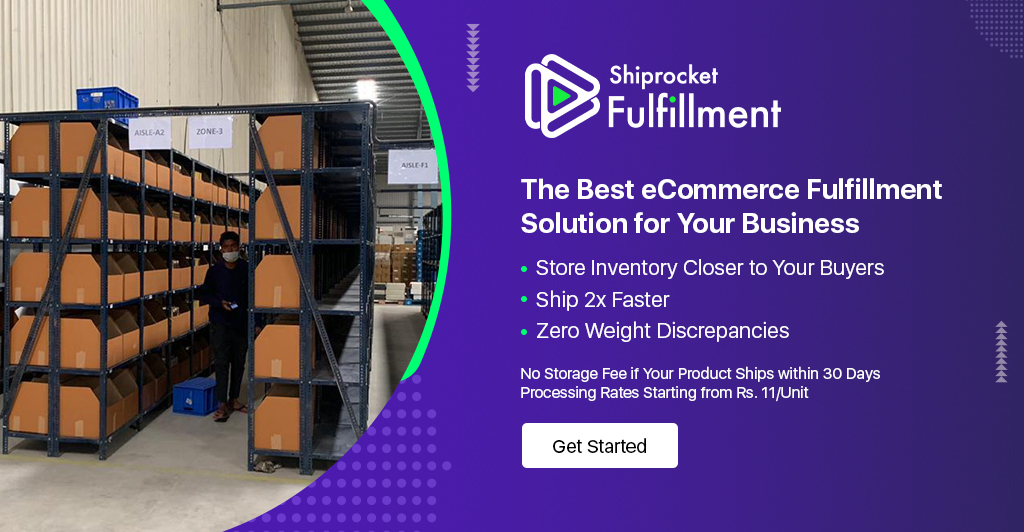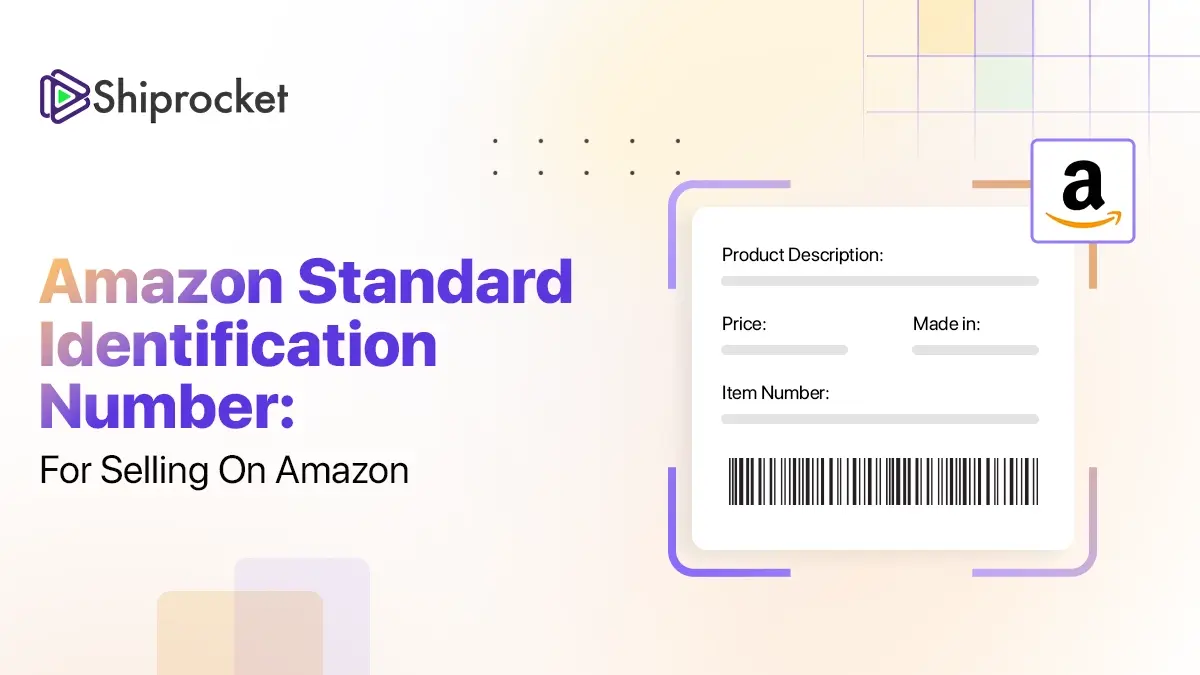What is the Average Weighted Method of Inventory Valuation and Its Significance?
Your inventory is your biggest asset. You need to know everything about it to succeed in your eCommerce business. Without having a thorough valuation of your inventory, you will not be able to forecast demand or even sell efficiently on your eCommerce website.

There are many dynamic elements associated with inventory management. Inventory tracking and regular valuation give you a thorough insight into what your inventory is worth and how you can optimize your operations to maximize revenue.
The weighted average method is one such inventory valuation method that allows you to track inventory and assess it in the most influential fashion. Let’s look at what the weighted average method is, how it is beneficial, and how you can use it with the formula.
What is the Inventory Weighted Average?
The weighted average method is an inventory valuation technique that considers the weighted average of inventory for determining the amount for the cost of goods sold and inventory.
How is the Average Weighted Method Different from Other Inventory Valuation?
The weighted average method is a wonderful way to devise the valuation of existing inventory. However, it is not necessarily the most suitable method for your business. You need to identify the other forms of valuing and tracking inventory before you can zero down on the weighted average process. You need to weigh the pros and cons of each to see which method does the job for your business.
Here is how the weighted average method is different from other inventory valuation methods and how you can choose the best one for your business.
FIFO (first-in, first-out)
FIFO for the first-in, first-out inventory valuation method is A technique in which it is assumed that the inventory which is produced first will be the first one sold. This is most apt for perishable goods or materials that have a shorter shelf life. The cons of this method are that if the product costs increase and the valuation is not matched regularly, it can negatively impact your profits.

LIFO (last-in, last-out)
The last-in, first-out method is there though most recently purchased products are sold first. In inflation or higher demand scenarios, LIFO can display a higher cost of goods sold and a low balance of inventory.
Specific identification method
Specific identification methods are a more robust technique as they take every single item in stock individually for the entire journey. This is more suitable for businesses that are just starting or small businesses to drag every item in the inventory. Still, for large companies or medium-sized enterprises, this is not a very realistic approach.
WAC
Most D2C brands follow the weighted average method. It works well for brands with a high volume of inventory but with products with a similar cost. It is usually suited for e-commerce businesses that sell single or 2 to 3 products only.
Why is the Inventory Weighted Average Method Useful?

Lesser Paperwork
The weighted average method only requires one cost calculation to calculate the average value of all the items in stock as all the items are valued at a single price. In this case, you do not need to maintain detailed inventory purchase records, which eventually means lesser paperwork.
Reduce Inventory Handling Costs
Inventory handling can lead to significant expenses if it is not taken care of regularly. WC formula makes it easier for you to calculate current inventory value and also helps you save money in the long run.
Easier Inventory Tracking
Last but not least, easier inventory tracking. If the products are not of a wide range, the weighted average method works like a charm.
How to Calculate Inventory Weighted Average Cost?
The formula for calculating the Weighted Average Cost is as follows –
Cost of goods available for sale / Total number of units in inventory
For example, if the cost of goods available for sale is Rs. 3000 and the total number of units in the inventory is 5, the WAC will be Rs. 600.
You can calculate the WAC for beginning inventory, middle of inventory valuation cycle, and ending inventory.
How Outsourcing Can Save You From This Calculation
Like we mentioned, inventory management is a critical aspect of your business. When you outsource your fulfillment operations to 3PL fulfillment providers like Shiprocket Fulfillment, you can rely on experts for these services and improve your business by many folds because of the exemplary results.
Even for SMEs and startups where the investment might seem like a huge deal, you can save on fulfillment costs with 3PL fulfillment providers.
Shiprocket Fulfillment provides you with 8 thoroughly equipped fulfillment centers, and all you have to do is send your inventory to us. We will take care of inventory management, order management, and order processing for your business.
Conclusion
The weighted average method is a convenient way of inventory valuation for your business. You can manage your inventory and accounts with one simple trick!






